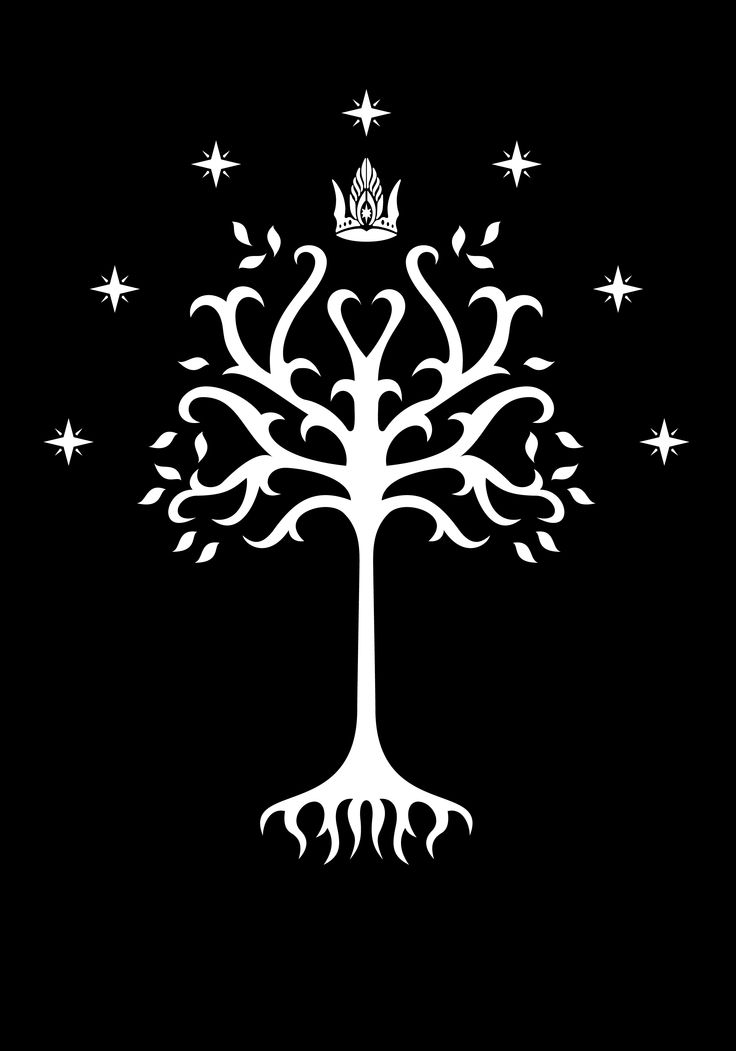I find it a little pathetic that some regulars are trying to post pro-conspiracy comments in my recent post on John F. Kennedy’s assassination after I said that I’d shun all debate if they had not done their homework. I made an exception with a commenter from Germany because I believe that Germans, who have been thoroughly brainwashed by the Americans after the Second World War, deserve a little more patience. But it is inexcusable that native English-speakers are reluctant to read Vincent Bugliosi’s monumental refutation of every single JFK conspiracy theory in a work that took him twenty years to complete.
I must say something about what I have been repeating over and over again:
High-IQ people don’t believe in conspiracy theories: whether it’s JFK, 9/11, the US Moon landing “hoax” of 1969, Satanic Ritual Abuse or the UFO “landing” in New Mexico in 1947.
Silly white nationalists believe that the London decapitation incident was a Jewish hoax. Some of them not only blame the Jews, instead of the Muslims, for that single incident: they blame the Jews for the Boston bombings too; the killings of Adam Lanza, the Breivik incident at Norway, and some conspiracy theorists have developed crank theories about the 2005 London bombings too.
In Spain these idiots also believe that the Jihad attack of 2004 at Madrid was also staged. Here in Mexico the brown Untermenschen also believe that the assassination of a PRI candidate and a Catholic cardinal were orchestrated political murders. Lone wolf assassins cannot exist in the minds of those who lack an in-built parsimony principle (Occam’s razor or economy principle) in their little skulls.
People under the grip of what in my book I call “paleologic thinking” always elaborate hypothesis that preposterously multiply the entities.
I overstated. Some who score very high on IQ studies are every bit as paranoid as the common Neanderthal we see on the streets. Since in my previous post on JFK I mentioned Magnus Carlsen, who won the crown of chess a couple of days ago, I must add that one of the heroes in my teens, World Chess Champion Bobby Fischer, was as paranoid as the previous American champion, Paul Morphy. The grim fact is that you may have the highest IQ and still be the victim of mental disorders. (For those who read Spanish, take a look at my mini-book En Pos de un Rey Metafórico about the pathetic lives of the chess champions.)
I have quite a concrete idea of why humans (and white nationalists are human; all-too human) have a propensity to fall into what American psychiatrist Silvano Arieti used to call paleologic thinking. Unfortunately, this can only be properly explained by reading my book, Hojas Susurrantes, on the archeology of the human psyche (for a sample of a translated chapter click here).
In a single blog entry it is impossible to transmit a complex theory, where, besides Arieti, I use the work of Lloyd deMause, Colin Ross, Alice Miller, Julian Jaynes and the critics of psychiatry. Suffice it to say that I believe that the human psyche can be read like the stratigraphy in archeology, with the most primitive—and maddening—infanticidal forms of childrearing (cf. my Metapedia article on the subject) in the lowest stratum and the comparatively most benign forms of parental-filial relations at the top.
My favorite quotation in Arieti’s monumental Interpretation of Schizophrenia is that a hypothetical visitor from Mars would detect many instances of schizoid strata even among the modern Western man. DeMause would agree and would add that among the most primitive cultures, so immersed in magical thinking, psychological dissociation was much worse. In his famous The Origin of Consciousness in the Breakdown of the Bicameral Mind Jaynes even claimed “Before the second millennium B.C., everyone was schizophrenic,” in the sense that humans were immersed in magical thinking (non-paleologic, Aristotelian forms of logic would come later, with the Greeks).
I don’t expect those who have not read at least the translated chapters of my book to understand what all this has to do with lesser forms of paranoia, like those conspiracy theories I cited in my self-quote above, which includes the white nationalists’ paranoia of blaming 9/11 on everything except the actual Islamist perpetrators. But for those who already have a good grasp of what I say in Hojas Susurrantes, let me remind them these words: “The paleologician confuses the physical world with the psychological one. Instead of finding a physical explanation for an event, he looks for a personal motivation or an intention as the cause of an event.”
Just as the primitive man, in a definitive breakdown of the saner forms of cognition, for the disturbed individual the world turns itself animist; each external event having a profound meaning. There are no coincidences for those who inhabit the world of magical thinking. Both the primitive animist and the modern schizophrenic live in distinct dimensions compared to the rational man. The conceptualization of external happenings as impersonal physical forces requires a much more advanced level of cognition than seeing them as personal agents.
If the Greeks are afflicted by epidemics, it is because Phoebus wants to punish Agamemnon. Paranoiacs and paranoids interpret almost everything as manifesting a psychological intention or meaning. In many cases practically everything that occurs is interpreted as willed by the persecutors of the patient.
Along the lines of the reminiscences of paleologic process of thought of other ages, when everybody was immersed in magical thinking, if something as big as the assassination of JFK or the September 11 attacks ever happened, to the modern paleologician prosaic motivational explanations won’t be enough. He would search for a more transcendental, “meaningful” explanation of the human tragedy, as Phoebus punishing Agamemnon when the Homeric Greeks still had to develop more scientific and causal forms of thinking (replace “Phoebus” for “US government” to see my point).
If Jaynes is right, and I believe he is, it is understandable that the human psyche, especially among the most primitive specimens, will still show reminiscences of paleologic thinking in the modern age. All conspiracy theories are ultimately archetypical regressions, although “schizoid,” not “schizophrenic”—still not of the grotesque, acting-out kind that the psychiatrists encounter in their young patients.
Let’s pick the July 8, 1947 Roswell UFO incident from my above list. The paleologicians ask us to abandon both our in-built Occam’s razor and Aristotelic logic and believe that the incident elicited a massive, governmental cover up for an actual extraterrestrial visitation—a cover up involving several republican and democratic presidencies, from Truman to Obama!
This of course strains our credulity well beyond its breaking point, since it assumes that all those administrations, which had been at loggerheads with each other, suddenly fully agreed on the absolute need to hide from the public “the July 8 Truth.”
Prominent skeptic author Joe Nickell, whom I met in a 1994 conference of skeptics at Seattle, identified the myth-making process of the Truthers, which he called the “Roswellian Syndrome.” With another colleague Nickell used the Roswell event as an example, but pointed out that the same syndrome is readily observable in other conspiracy theories. Nickell and his colleagues identified five distinct stages of development of an urban myth:
Incident: The initial incident and reporting on July 8, 1947.
Debunking: Soon after the initial reports, the mysterious object was identified as a weather balloon, later confirmed to be a balloon array from Project Mogul which had gone missing in flight.
Submergence: The news story ended with the identification of the weather balloon. However, the event lingered on in the “fading and recreative memories of some of those involved.” Rumor and speculation simmered just below the surface in Roswell and became part of the culture at large. In time, UFOlogists arrived, asked leading questions and helped to spin a tale of crashed flying saucers and a government conspiracy to cover-up the true nature of the event.
Mythologizing: After the story submerged, and, over time, reemerged, it developed into an ever-expanding and elaborate myth. The mythologizing process included exaggeration, faulty memory, folklore and deliberate hoaxing. The deliberate hoaxing, usually self-serving for personal gain or promotion—for example, the promotion of the 1950 sci-fi movie The Flying Saucer—, in turn fed the urban folklore (“prolefeed for the proles”).
Reemergence and media bandwagon effect: Publication of books such as The Roswell Incident by Berlitz and Moore in 1980, television shows and other media coverage perpetuated the UFO crash story and cover-up conspiracy beliefs. Conspiracy beliefs typically mirror public sentiments towards the US government (the modern “Phoebus”) and oscillate along with those attitudes.
These stages are repeated almost in identical form in other conspiracy theories that don’t involve UFOs, like the ones referred to above in my self-quote. In my opinion, all of them are the product of a flaw in the human psyche. Big events must have big meaningful causes, not prosaic ones (Ancient Greece epidemics caused by Phoebus; JFK and 9/11 by Phoebus-substitute agents).

But I don’t like posting this entry. Without an actual knowledge of the original synthesis I do of the published material of the mentioned authors (Arieti et al), the thrust of my argument is lost. I’d prefer that English-speaking visitors forget for the moment my theories and make instead an effort to listen, for the first time in their lives, the prosecutor who blamed Oswald and Oswald alone.
Don’t leave the courtroom without giving a fair hearing to the prosecutor, especially if you already have spent dozens of hours listening to the attorney.










